According to Devdiscourse , after years of speculation, the stage is set for the long-awaited Apple device at its WWDC 2023 developer conference. The company may also use the event to introduce its latest Mac models, iOS 17, and discuss the company's strategy for artificial intelligence (AI).

Apple Glasses Come When Mixed Reality Hasn't Yet Gained Mass Interest From Consumers
The biggest star of the show was the rumored Reality Pro mixed reality glasses, which could be another game-changer for Apple, even though the company isn’t always first to market. But with a price tag that could top $3,000, Apple’s glasses are unlikely to be well received by everyone, mostly wealthy techies.
The product is expected to be sleek and capable of switching between virtual and augmented reality options, a combination known as “mixed reality.” Facebook CEO Mark Zuckerberg has described this type of three-dimensional reality as the “metaverse” — a bold concept he tried to bring into the mainstream by rebranding Facebook as Meta Platforms in 2021 and pouring billions of dollars into improving virtual technology, but the company has yet to succeed.
Apple executives seemed to avoid mentioning the metaverse, given the quick skepticism about the term when discussing the potential for the company’s new glasses. In recent years, Apple CEO Tim Cook has repeatedly touted augmented reality as the next big leap in technology, though he hasn’t set a specific timeline for when it will reach mass adoption.
“If you look back at some point, you know, project yourself into the future and look back, you’ll wonder how you lived your life without augmented reality,” Cook said last September while speaking to an audience of students in Italy.
“Like today, you wonder how people like me grew up without the internet,” he added. “That’s why I think augmented reality can be so profound. Of course it’s not going to become profound overnight.” It makes sense that so far, the response to virtual, augmented, and mixed reality has been lukewarm. Some of the devices that have implemented the technology have even been ridiculed, with the most notable example being the internet-connected glasses released by Google more than a decade ago.
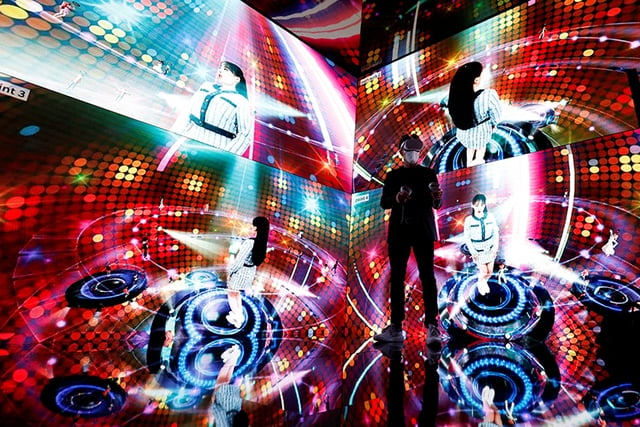
Tech giants lost billions after metaverse failed
After Google co-founder Sergey Brin hinted at the device’s incredible potential at a tech conference in San Francisco, consumers quickly turned against the product, believing it would allow for covert photography and video recording. The backlash was so severe that wearers of the device became known as “Glassholes,” prompting Google to recall the product a few years later.
Microsoft, which also had limited success with its HoloLens mixed reality headset, released in 2016, reaffirmed its commitment to the technology earlier this year. Meanwhile, startup Magic Leap struggled to market its first consumer headset in 2018, so the company shifted its focus to industrial, medical, and emergency use.
With the challenges and the high expected price, Wedbush Securities analyst Dan Ives believes Apple will sell only about 150,000 Reality Pros in its first year on the market. That’s a small number compared to the company’s 200 million iPhones a year. Still, experts say Apple can’t be underestimated, especially in the consumer market, where the company’s products can always be game-changers.
Source link


![[Photo] A long line of young people in front of Nhan Dan Newspaper, recalling memories of the day the country was reunified](https://vstatic.vietnam.vn/vietnam/resource/IMAGE/2025/4/28/4709cea2becb4f13aaa0b2abb476bcea)
![[Photo] People lined up in the rain, eagerly receiving the special supplement of Nhan Dan Newspaper](https://vstatic.vietnam.vn/vietnam/resource/IMAGE/2025/4/28/ce2015509f6c468d9d38a86096987f23)
![[Photo] Special supplement of Nhan Dan Newspaper spreads to readers nationwide](https://vstatic.vietnam.vn/vietnam/resource/IMAGE/2025/4/28/0d87e85f00bc48c1b2172e568c679017)


![[Photo] Signing ceremony of cooperation and document exchange between Vietnam and Japan](https://vstatic.vietnam.vn/vietnam/resource/IMAGE/2025/4/28/e069929395524fa081768b99bac43467)
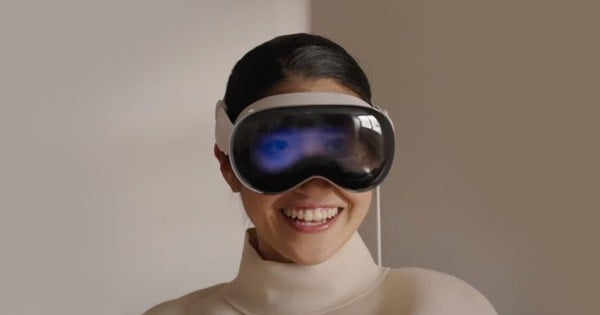

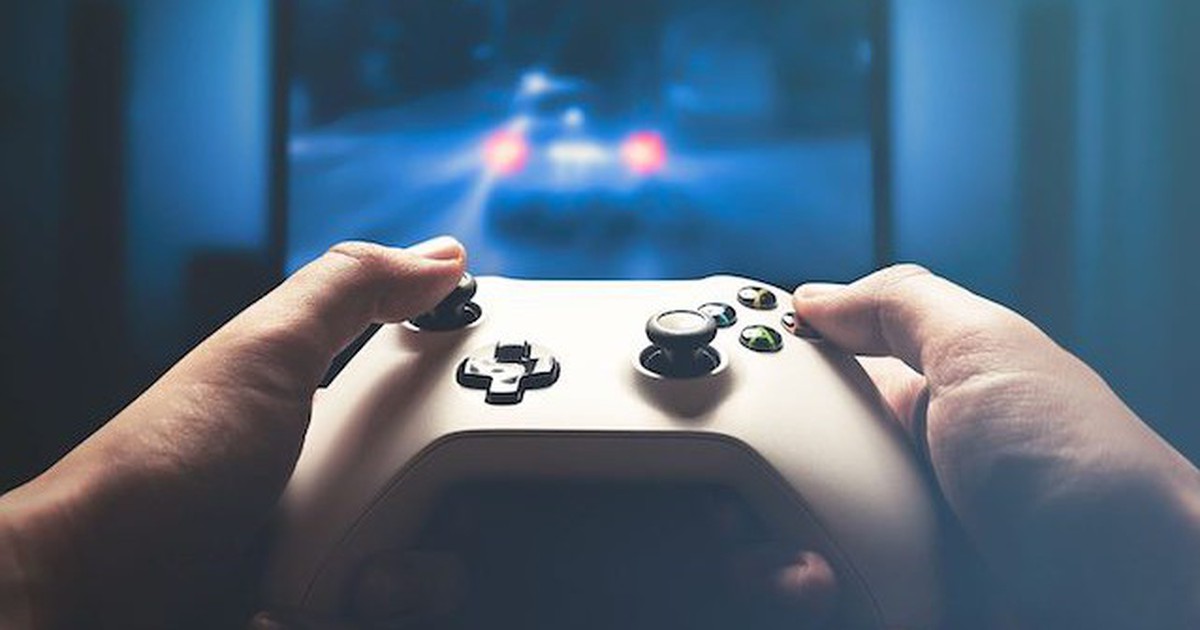
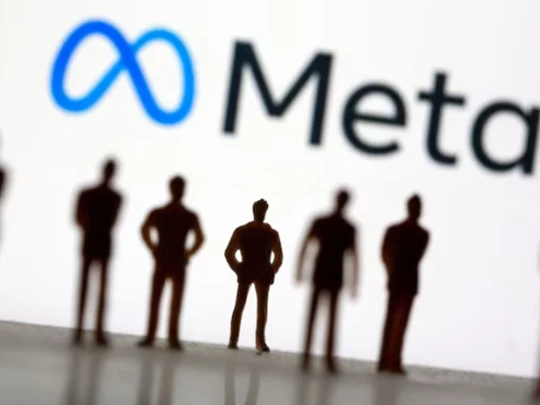

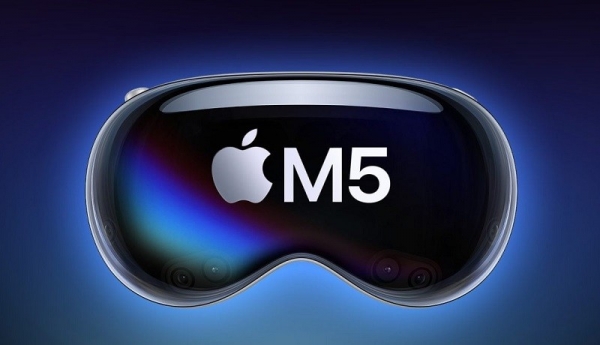



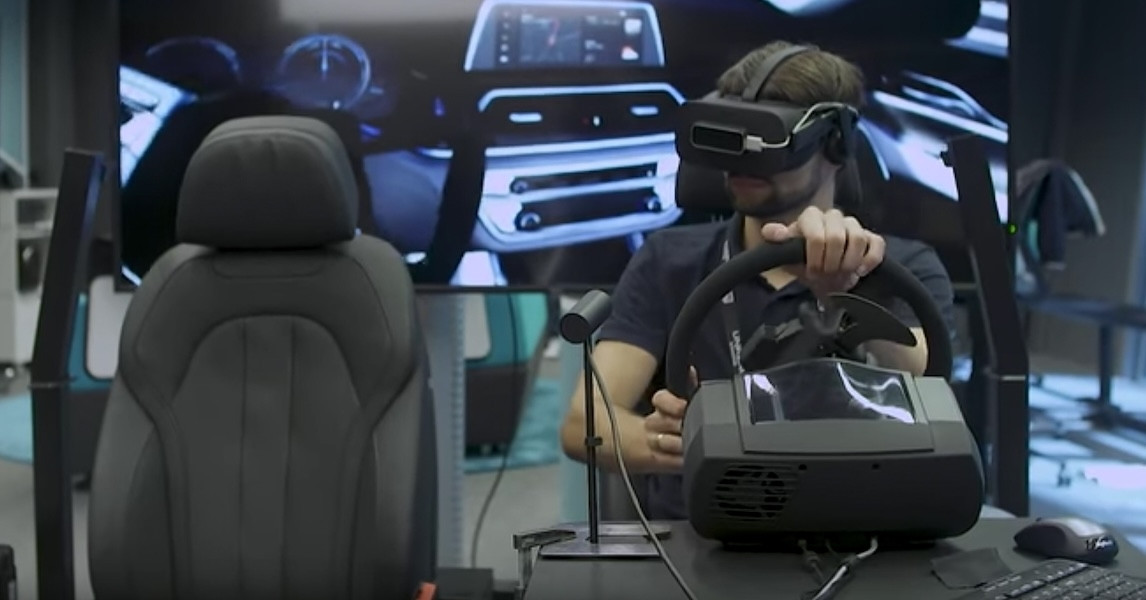

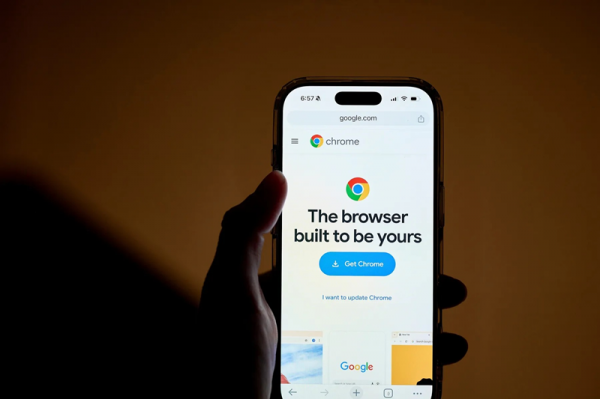
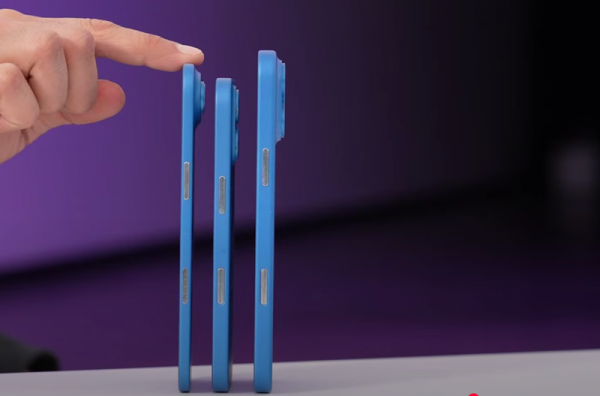


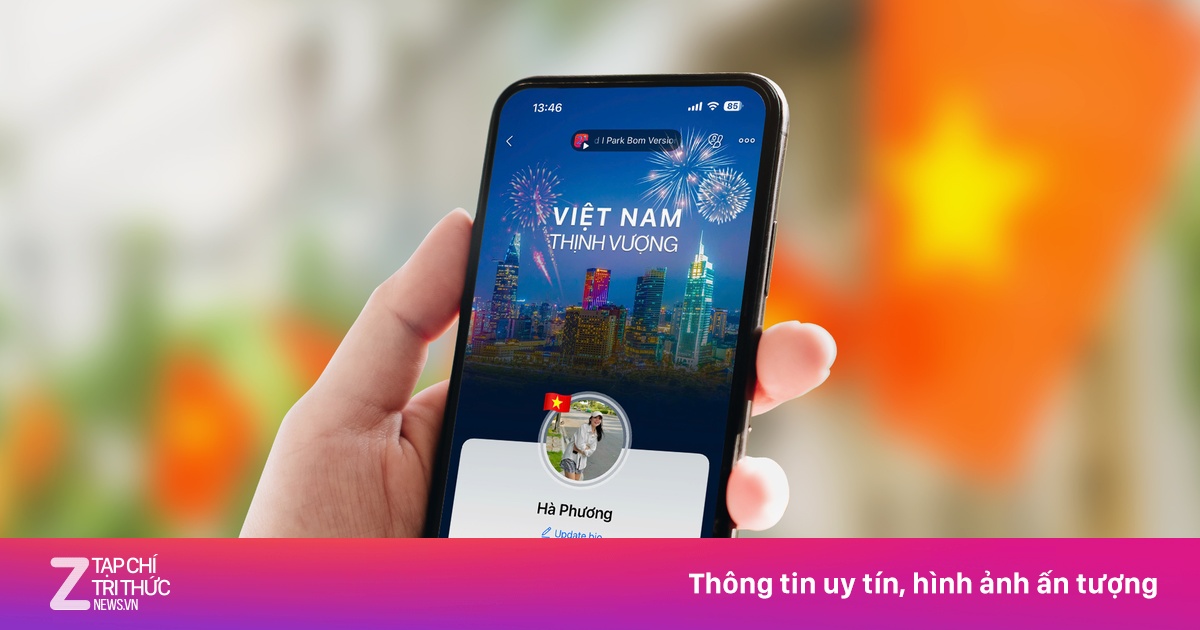
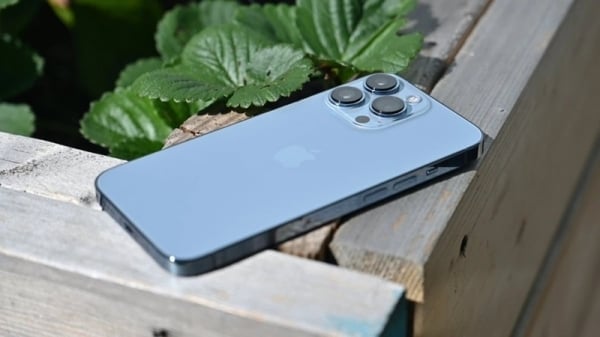










![[Photo] Readers in Dong Nai are excited about the special supplement of Nhan Dan Newspaper](https://vstatic.vietnam.vn/vietnam/resource/IMAGE/2025/4/28/82cdcb4471c7488aae5dbc55eb5e9224)






























































Comment (0)